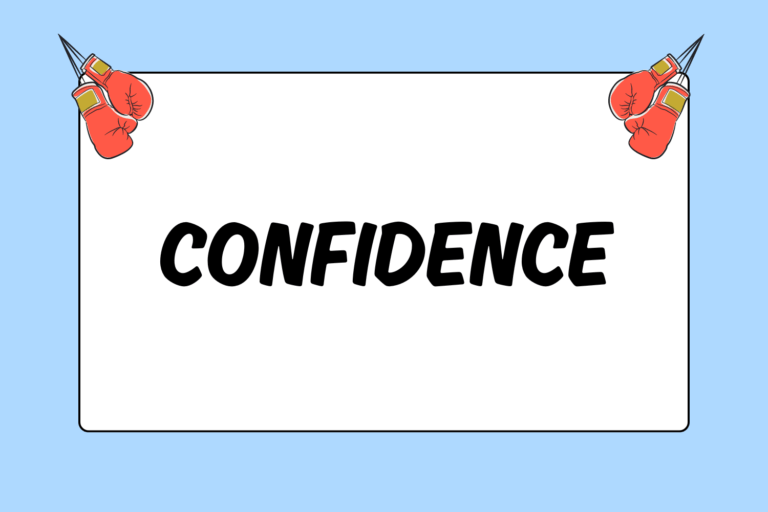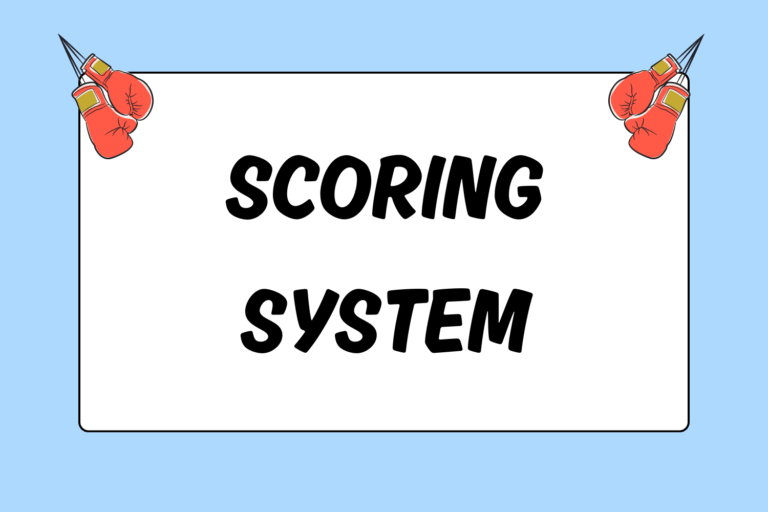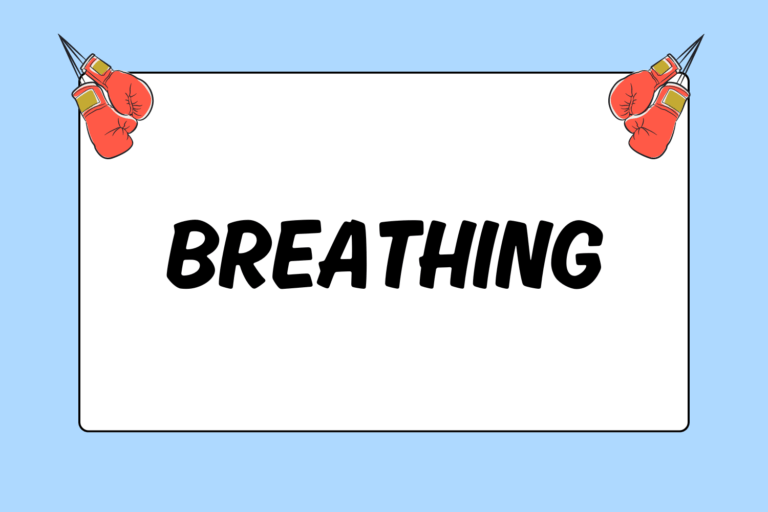Some boxers prefer to work at close-range, putting themselves in position to land powerful hooks and uppercuts. Other boxers stay outside, throwing long jabs and crosses. In any case, the range between fighters constantly changes throughout a bout, and all boxers should feel comfortable responding to an opponent on both the inside and the outside. This guide focuses on the basics of boxing at close-range.
Basic Defense on the Inside
Your stance impacts how you defend, because close-range defense relies heavily on body positioning. Once your base is established, make the following adjustments in order to minimize your size as a target:
- Bend your knees and tuck your elbows to your body. Bending your knees adds leverage to your short-range punches. In addition, it sets you up for step two.
- Once your knees are bent, tuck your chin firmly to your front shoulder and bend slightly forward so that your front elbow touches your hip bone. This position allows you to effectively guard your body and head.
- Keep your gloves close to your head and eyes gazing forward.
Once you’re in the position described above, you can simply rotate to block your opponent’s blows. Orthodox fighters can block hooks to the right side of the body by remaining tight and rotating their right hip forward — much like the hip rotation when throwing a right cross. Rotating to the right blocks hooks to the left side of the body — much like the rotation required when throwing a left hook. Don’t move your elbow up or down while rotating. Remain compact and let your hips and torso do the moving.
Hot Tip: Glove Positioning
Your defensive goal on the inside is to make yourself as small of a target as possible. An additional step you can take in order to achieve this goal is to turn your gloves so that the palm of each glove faces inward. Your elbows should still be firmly tucked to your body, but the opportunity for your opponent to “split the gloves” is limited when you turn your gloves inward.
Basic Offense on the Inside
It’s essential to remain compact on the inside — even the smallest opening can allow your opponent to land a devastating blow. Don’t forget, though, that judges often reward the more active fighter. As you rotate to block his incoming blows with your forearms, counterattack with punches of your own. Hooks and uppercuts tend to work best at close-range.
Orthodox fighters should rotate to the left, and then respond with a combination that begins with a left hook or left uppercut. When rotating to the right, you can quickly respond with a combination that begins with a right hook or right uppercut. In either case, vary your punches to his head and body. He’ll likely drop his elbow if you successfully land a blow to the body, at which point you can land a shot to his head.
Don’t overextend on your punches; rather, use your leverage and body rotation to create power.
Hot Tip: The Jab Determines Distance
Use the jab to bring you to your preferred distance. If you want to move closer to your opponent, jab and step forward. If you feel cramped by your opponent and want some distance, create space by jabbing and stepping backward or to the side.
Pivoting Causes Confusion
In addition to varying the location of your punches, pivoting after your combination is the easiest way to confuse your opponent on the inside. Everything seems to happen quickly at close-range, and abruptly pivoting changes your location as a target. Pivoting also allows you to exploit openings on your opponent that may have been previously disguised. Constantly be on the move, especially on the inside, by using your front foot as a fulcrum.





